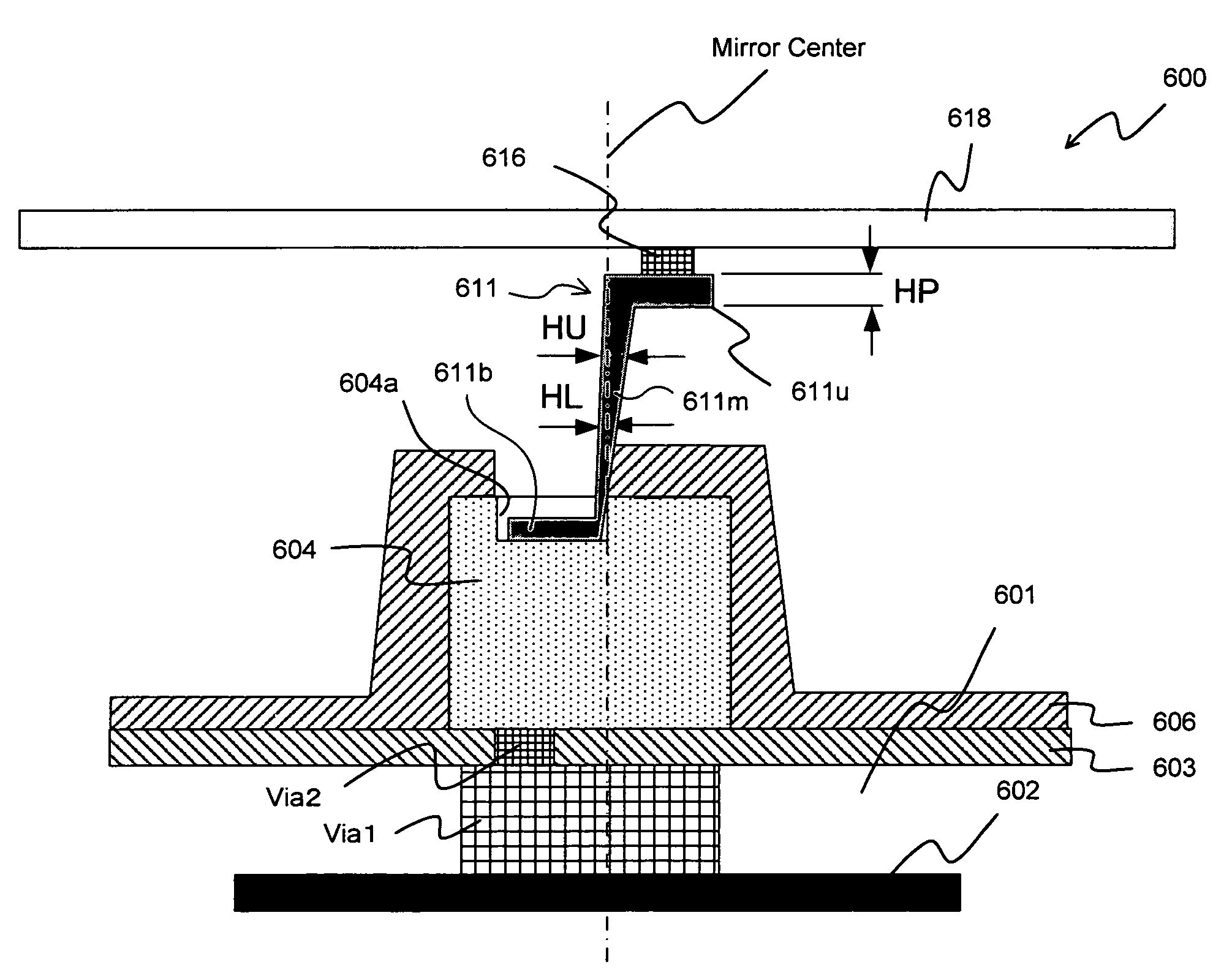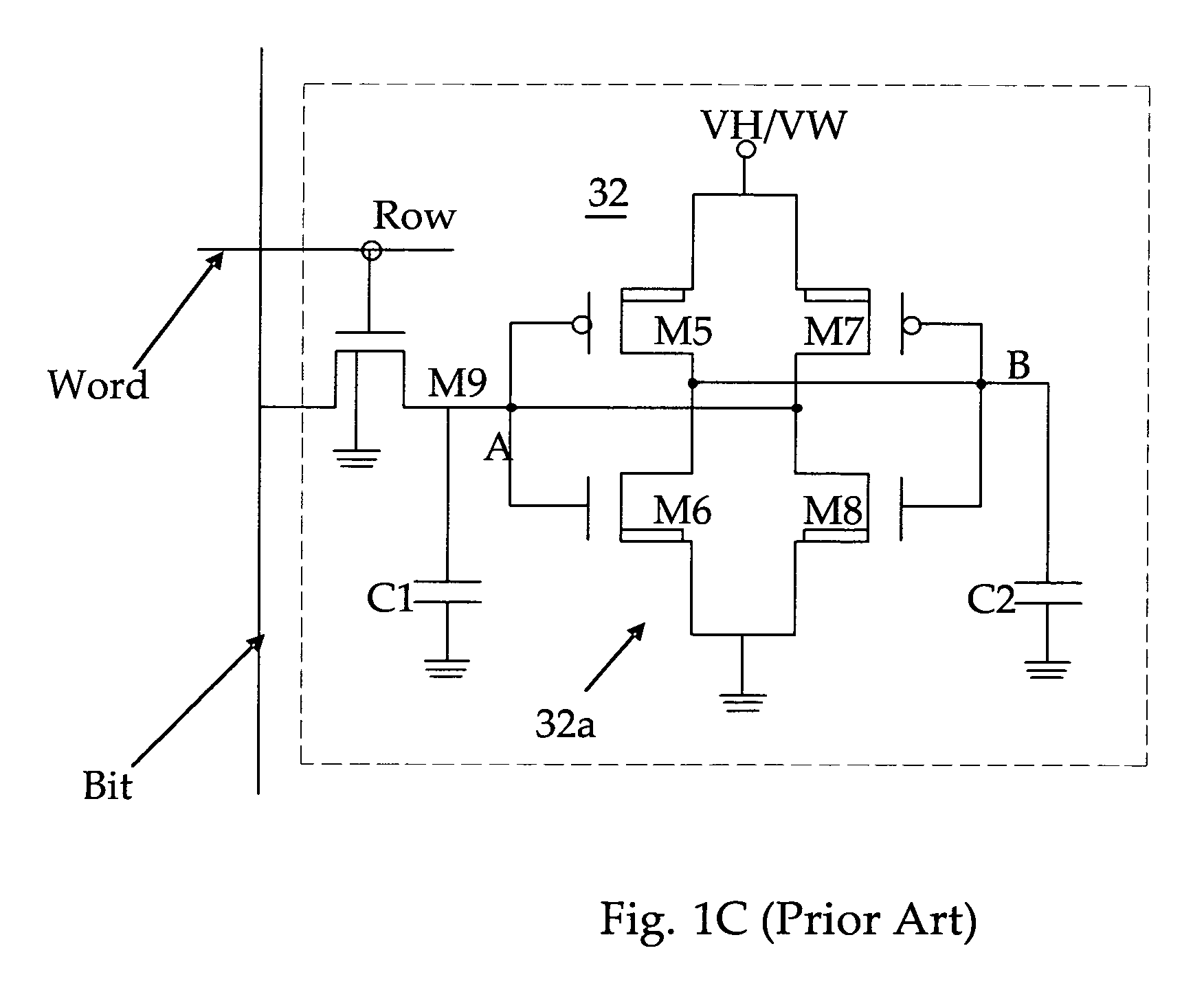Mirror device
a mirror device and light modulator technology, applied in the field of mirror devices, can solve the problems of adverse effects on image quality, limited image display quality, and limited image quality, so as to prevent adverse effects and improve device configurations.
- Summary
- Abstract
- Description
- Claims
- Application Information
AI Technical Summary
Benefits of technology
Problems solved by technology
Method used
Image
Examples
Embodiment Construction
[0077]A mirror device implemented in a projection apparatus according to a preferred embodiment of the present invention is described below by referring to the accompanying drawings.
[0078]FIGS. 5A through 5F are cross-sectional diagrams for describing the processing steps for producing a mirror device according to a preferred embodiment of the present invention.
[0079]FIG. 5A shows the step 1 to form a wiring 502 of a drive circuit for driving and controlling a mirror (which is described later) in a semiconductor wafer substrate (simply noted as “substrate” hereinafter) 501. A cavity as an opening part (i.e., a cavity or concave part) 501a is opened from a top surface of the substrate 501 and extends to the upper surface of the wiring 502 preferably composed of aluminum. A first protective layer, i.e., a protective film, 503 is deposited on the parts of the substrate 501 except for the opening part 501a. The first protective layer 503 is deposited before the opening part 501a of the ...
PUM
 Login to View More
Login to View More Abstract
Description
Claims
Application Information
 Login to View More
Login to View More - R&D
- Intellectual Property
- Life Sciences
- Materials
- Tech Scout
- Unparalleled Data Quality
- Higher Quality Content
- 60% Fewer Hallucinations
Browse by: Latest US Patents, China's latest patents, Technical Efficacy Thesaurus, Application Domain, Technology Topic, Popular Technical Reports.
© 2025 PatSnap. All rights reserved.Legal|Privacy policy|Modern Slavery Act Transparency Statement|Sitemap|About US| Contact US: help@patsnap.com



